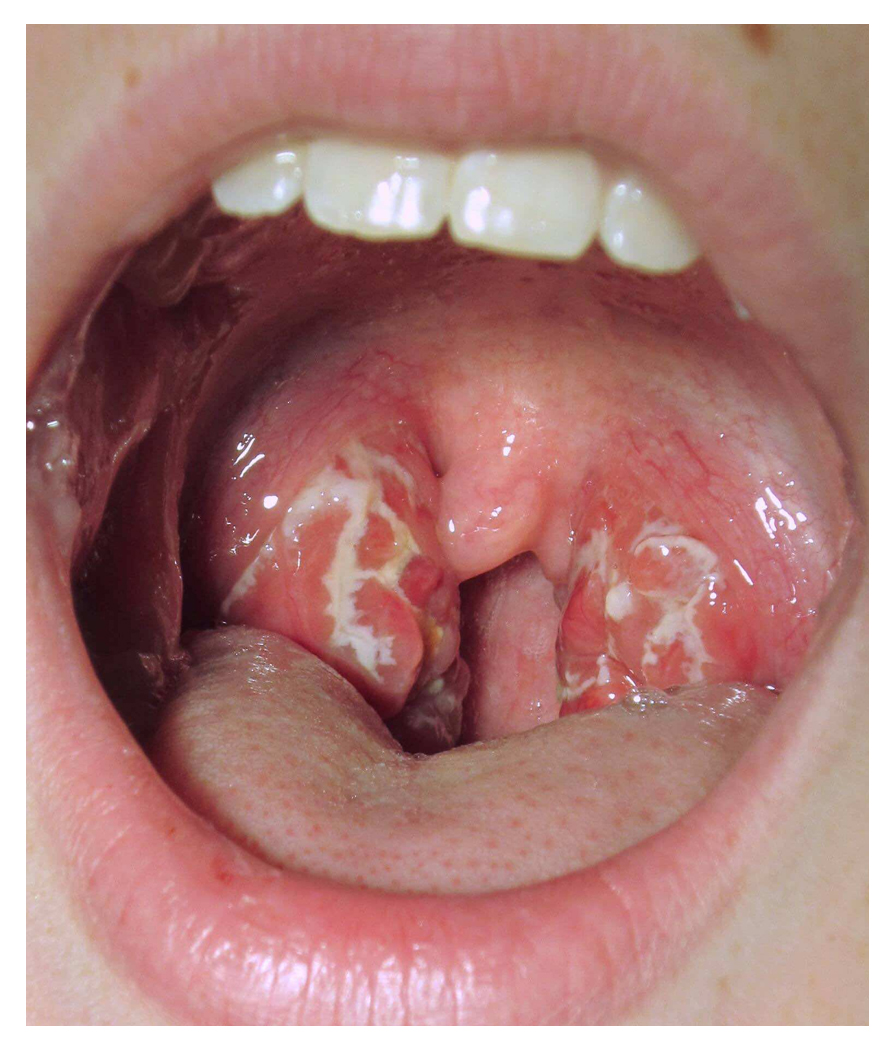

Glandular fever is a type of viral infection that mostly affects young adults, it is also known as infectious mononucleosis, or "mono".
COMMON SYMPTOMS:
CAUSES:
Glandular fever is caused by the Epstein-Barr virus (EBV). This virus is found in the saliva of infected people and can be spread through:
kissing – glandular fever is often referred to as the "kissing disease"
exposure to coughs and sneezes
sharing eating and drinking utensils, such as cups, glasses and unwashed cutlery
DIAGNOSIS: IT is done by clinical evaluation, CBC, TC, Neutrophil evaluation.
Specific tests for EBV include:
A monospot test (positive for infectious mononucleosis)
Epstein-Barr virus antigen by immunofluorescence (positive for EBV)
Epstein-Barr virus antibody titers to help distinguish acute infection from past infection with EBV
COMPLICATIONS:
Associated with glandular fever are uncommon-but few are as urther infections of other areas of the body, including the brain, liver and lungs
severe anaemia (a lack of oxygen-carrying red blood cells)
breathing difficulties as a result of the tonsils becoming significantly swollen
a ruptured (burst) spleen
HOMOEOPATHIC MANAGEMENT:
MERCURIUS SOLUBILIS: Also known in the abbreviated form Merc sol, this is often a good remedy for acute glandular fever (caused by the Epstein-Barr virus).
BELLADONA: Dry, as if glazed; angry-looking congestion (Ginseng); red, worse on right side. Tonsils enlarged; throat feels constricted; difficult deglutition; worse, liquids. Sensation of a lump. Œsophagus dry; feels contracted. Spasms in throat.
BAPTISIA: Dark redness of tonsils and soft palate. Constriction, contraction of œsophagus (Cajeput). Great difficulty in swallowing solid food. Painless sore throat, and offensive discharge.
CALCAREA CARBONICA - -Swelling of tonsils and submaxillary glands; stitches on swallowing. Hawking-up of mucus. Difficult swallowing.
KALI SULPHURICUM: Coarse rales. Rattling of mucus in chest (Tart em). Post-grippal cough, especially in children. Bronchial asthma, with yellow expectoration. Cough; worse in evening and in hot atmosphere. Croupy hoarseness
MERCURIUS CYANATUS: Feels raw and sore. Mucous membranes broken down, ulcerated. Looks raw in spots, especially in public speakers. Hoarseness, and talking is painful. Necrotic destruction of soft parts of palate and fauces. Intense redness of fauces. Swallowing very difficult. Dark blood from nose. Diphtheria of the larynx.
MERCURIUS IODATUS: Lacunar tonsillitis. When only the superficial part of the tonsil is involved. Cheesy exudates with offensive breath. Swelling begins on right side. Small ulcers on posterior pharynx. Easily detached patches on inflamed pharynx and fauces; worse on right tonsil.